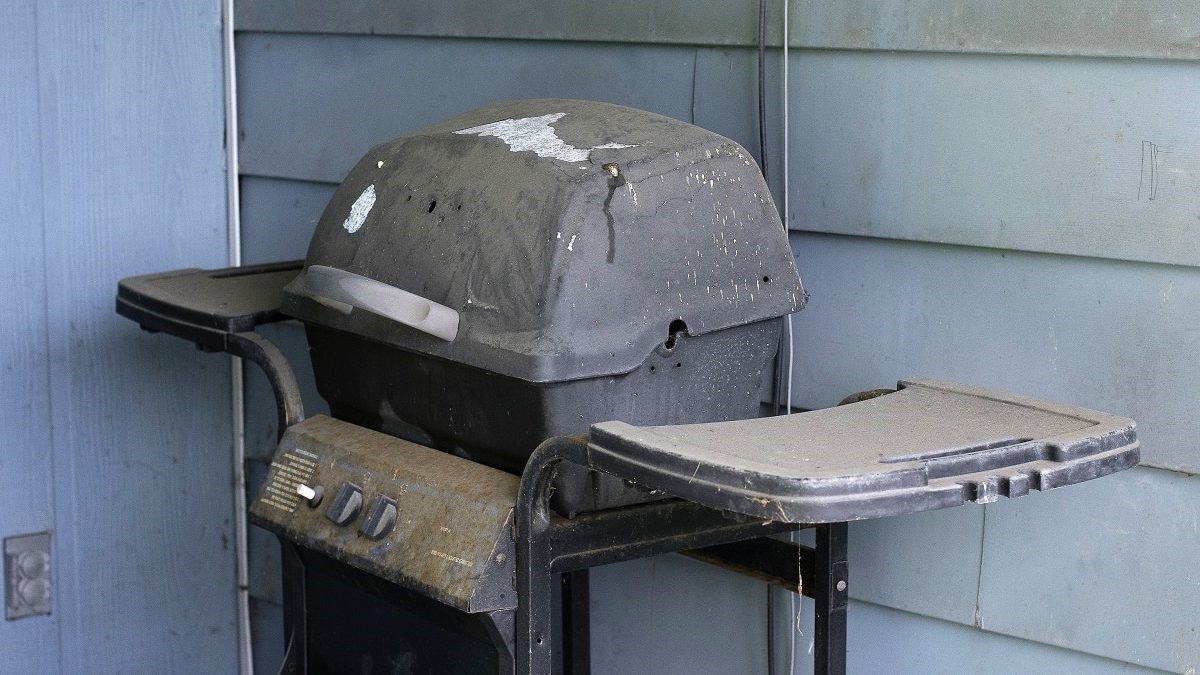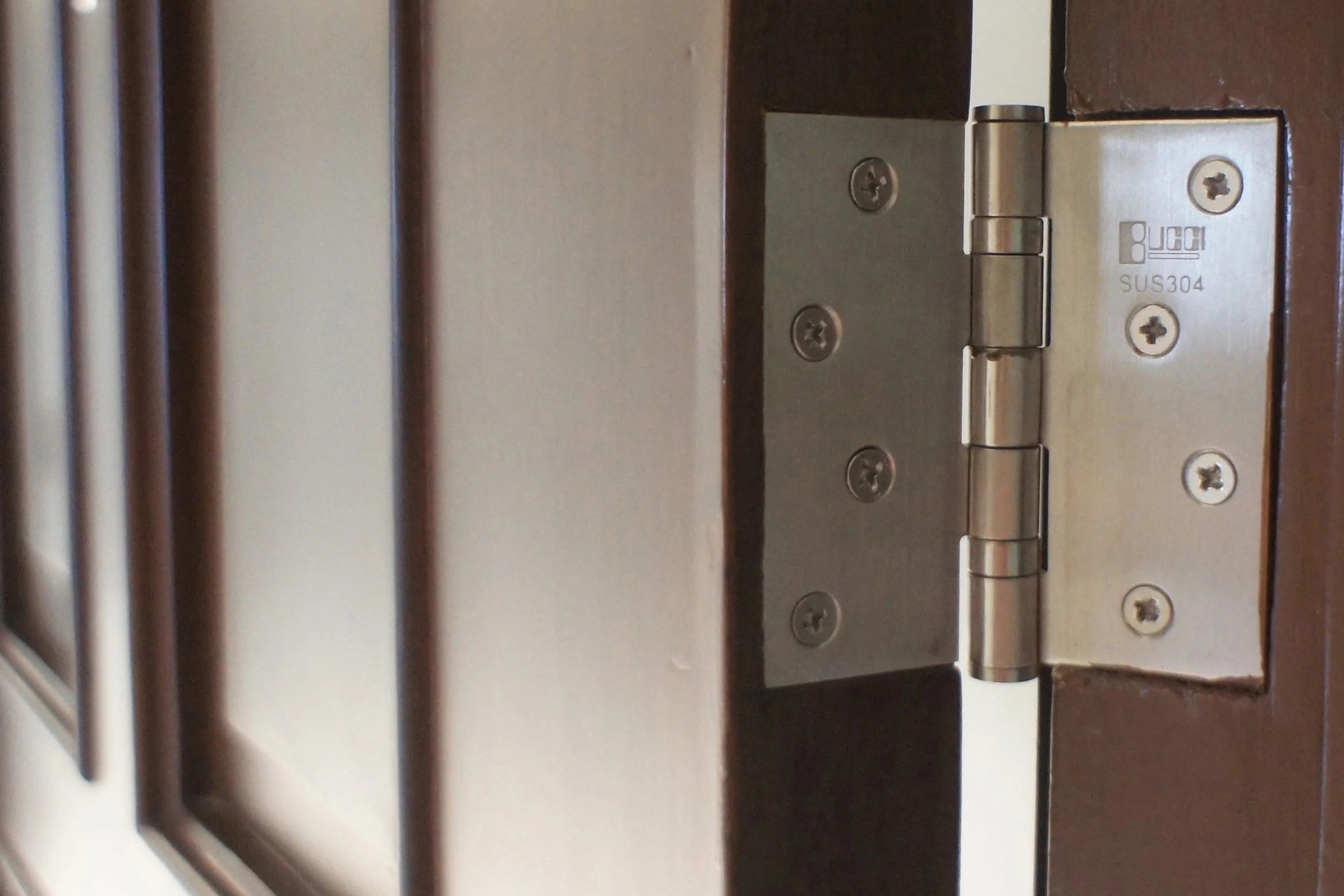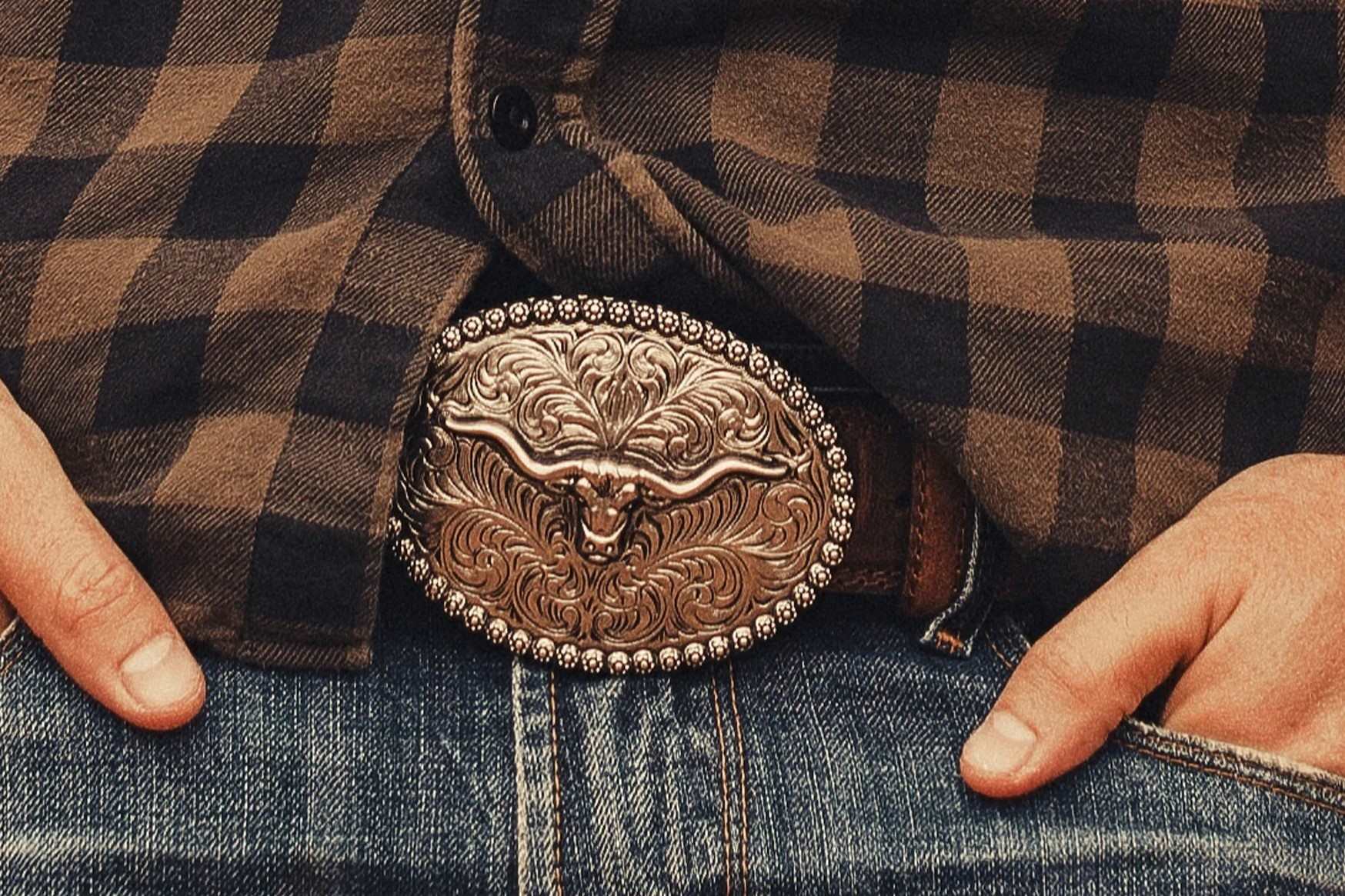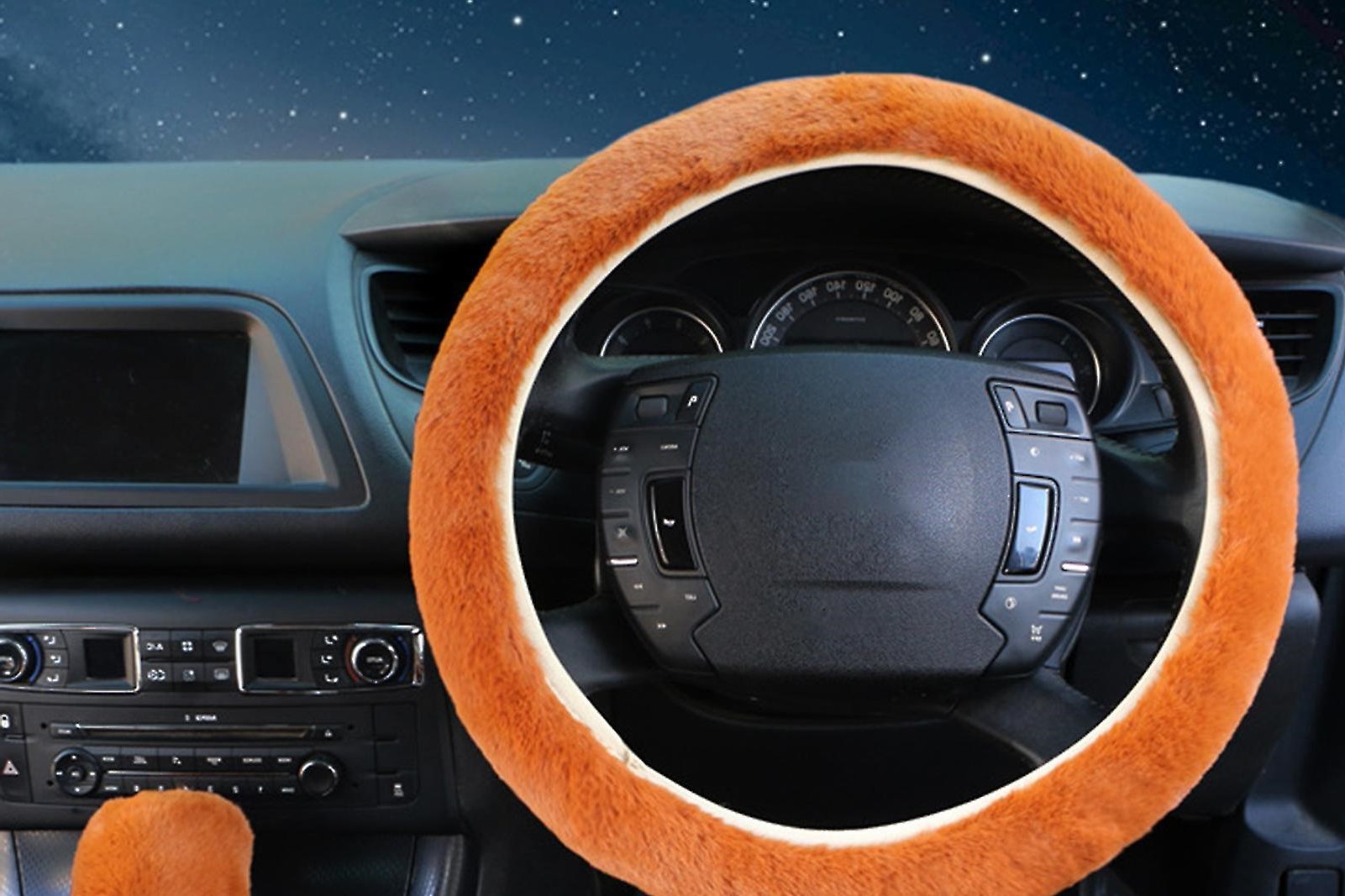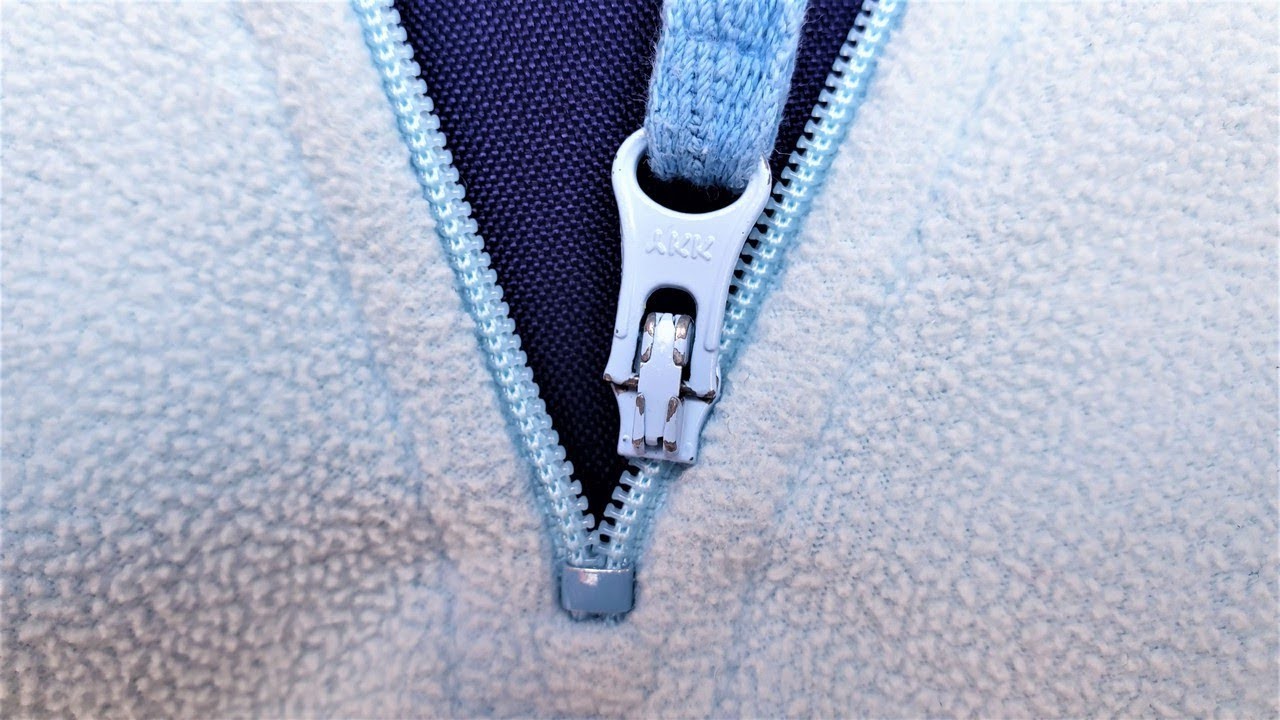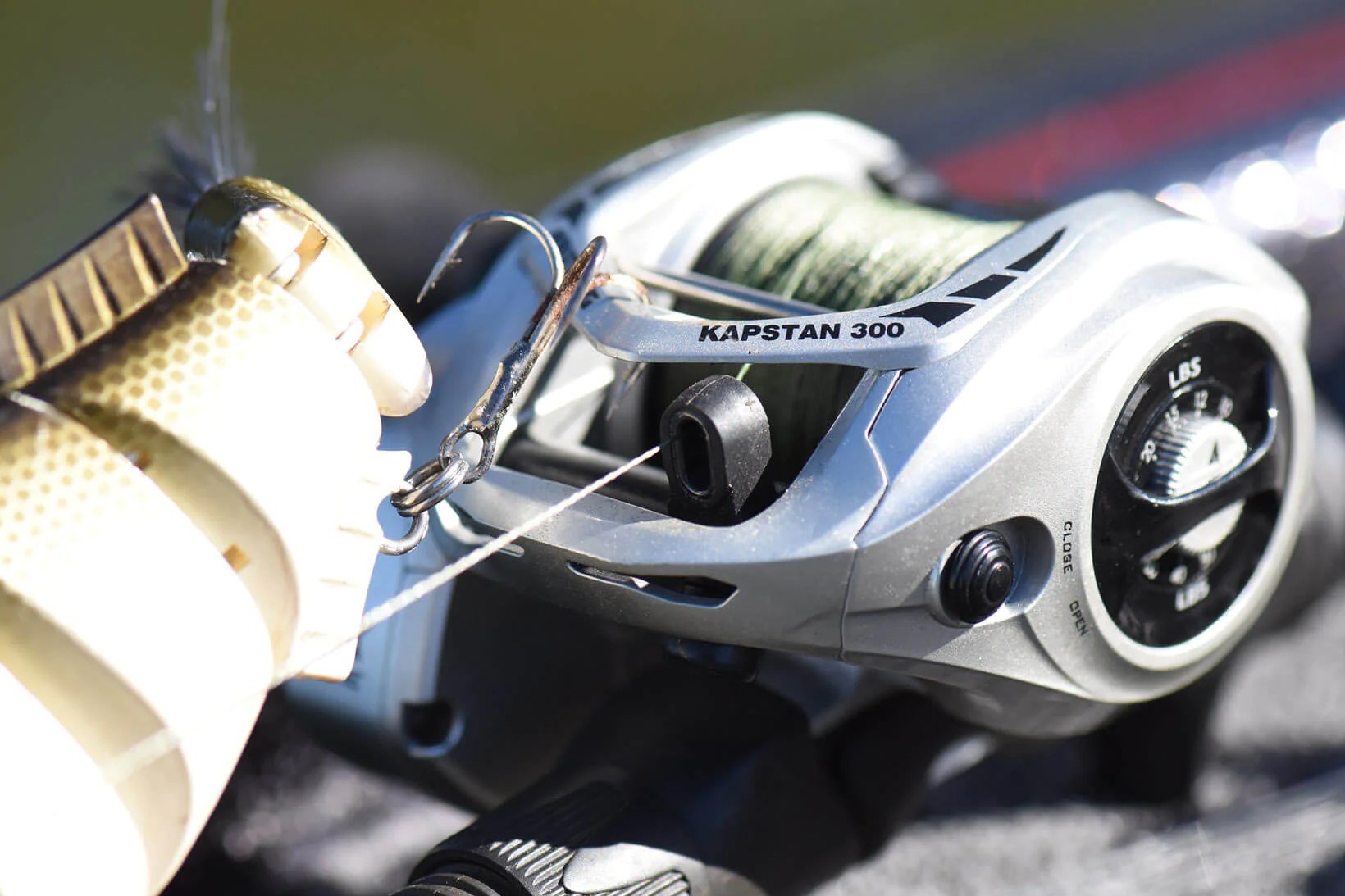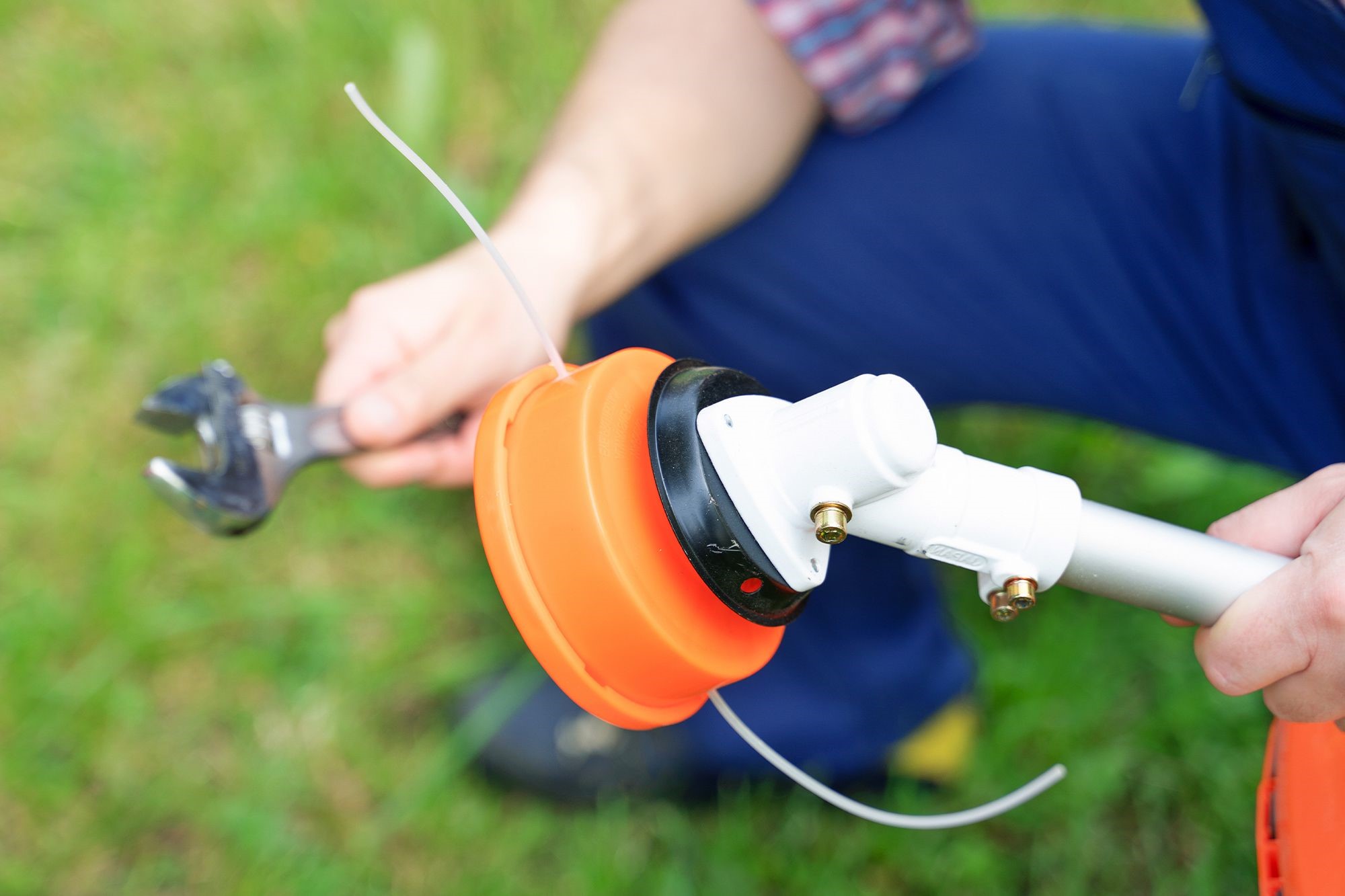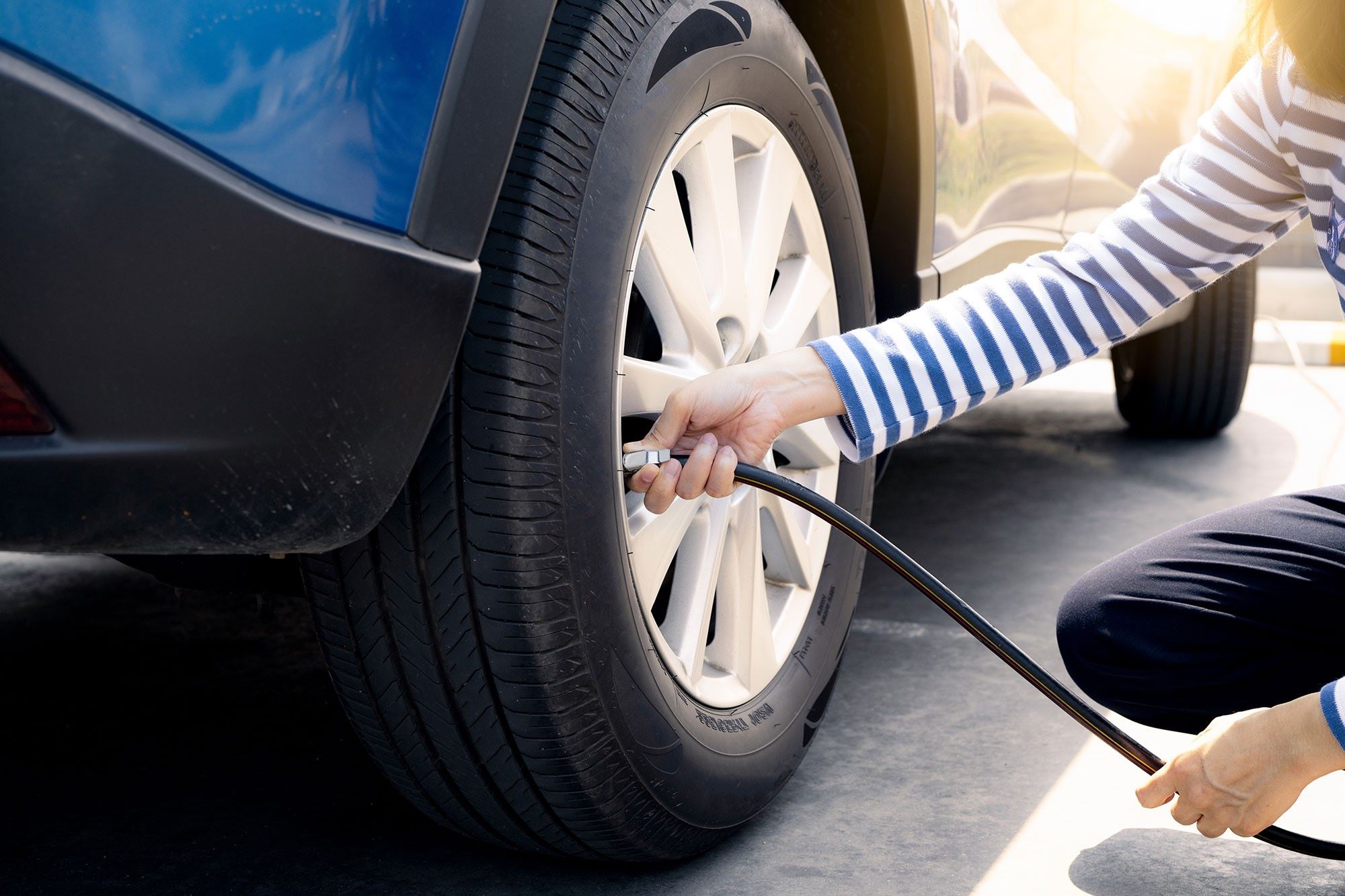Home>Home and Garden>How To Put Out Charcoal Grill
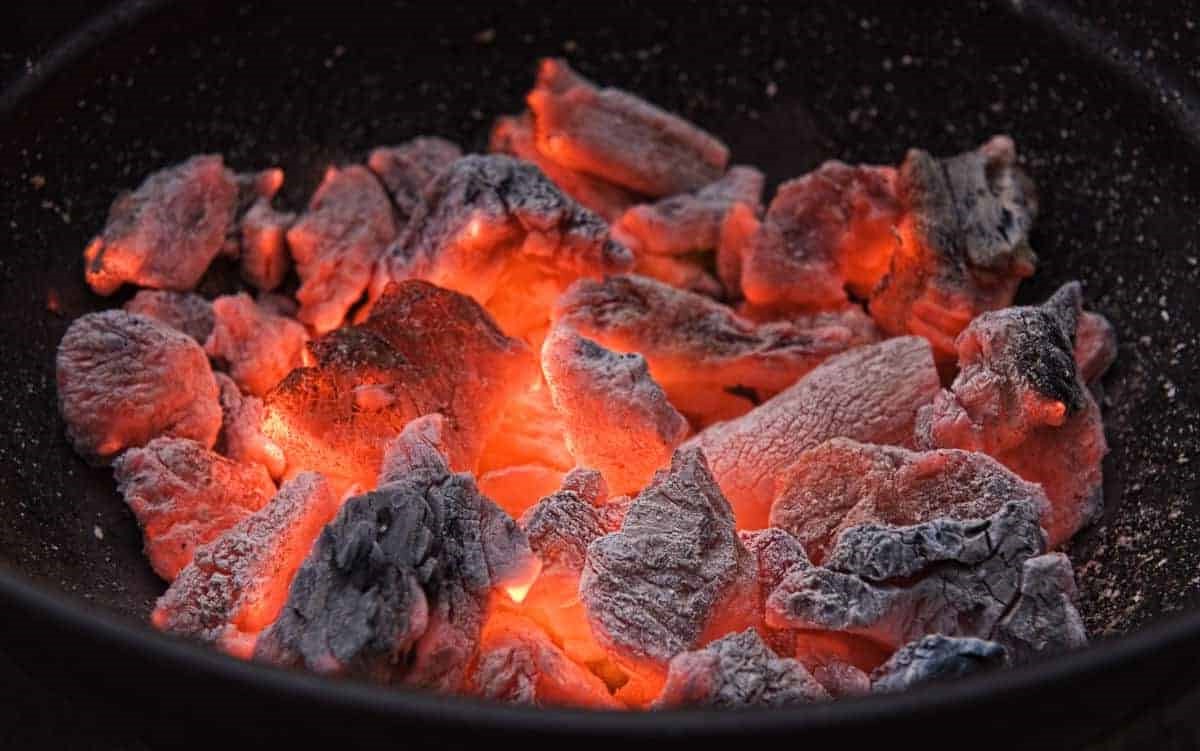

Home and Garden
How To Put Out Charcoal Grill
Published: March 3, 2024
Learn the best techniques for putting out a charcoal grill safely and effectively at home. Discover expert tips for maintaining your home and garden.
(Many of the links in this article redirect to a specific reviewed product. Your purchase of these products through affiliate links helps to generate commission for Noodls.com, at no extra cost. Learn more)
Table of Contents
Introduction
Putting out a charcoal grill may seem like a straightforward task, but it's crucial to do it safely and effectively to prevent accidents and ensure the longevity of your grill. Whether you've just finished a delightful barbecue with friends and family or you simply want to extinguish the coals after grilling, knowing the proper steps to put out a charcoal grill is essential.
In this comprehensive guide, we will walk you through the step-by-step process of safely extinguishing a charcoal grill. By following these instructions, you can confidently and efficiently put out your charcoal grill, giving you peace of mind and ensuring the safety of everyone around.
So, let's dive into the essential safety precautions and steps to effectively put out a charcoal grill, ensuring that you can enjoy your grilling experience without any worries.
Safety Precautions
Before you begin the process of putting out a charcoal grill, it's crucial to prioritize safety. Charcoal grills can remain hot for an extended period, and mishandling them can lead to serious injuries or accidents. By adhering to the following safety precautions, you can ensure a safe and effective process for extinguishing your charcoal grill:
-
Protective Gear: Prior to handling the grill, ensure that you are wearing appropriate protective gear, such as heat-resistant gloves and closed-toe shoes. This will safeguard you from potential burns or injuries.
-
Clear the Surrounding Area: Before extinguishing the grill, clear the surrounding area of any flammable materials, such as dry leaves, paper, or cloth. This prevents the risk of accidental fires and ensures a safe environment for the extinguishing process.
-
Keep Children and Pets Away: It's essential to keep children and pets at a safe distance from the grill during the extinguishing process. The grill and its components will remain extremely hot, posing a potential hazard to curious children and animals.
-
Use Caution with Water: If you plan to use water to extinguish the coals, exercise caution. Pouring water onto hot coals can result in steam and hot ash being released, posing a burn risk. Use a long-handled tool to pour water from a safe distance to minimize the risk of injury.
-
Be Mindful of Wind Conditions: If there is wind present, be mindful of its direction. This is particularly important when using water to extinguish the coals, as wind can cause the water and hot ash to scatter, potentially causing burns or igniting nearby flammable materials.
By prioritizing safety and adhering to these precautions, you can create a secure environment for putting out your charcoal grill. These measures not only protect you and those around you but also contribute to a smooth and incident-free process.
Step 1: Close the Lid
Closing the lid of your charcoal grill is the initial step in the process of extinguishing the coals. This simple yet crucial action serves to cut off the oxygen supply to the burning coals, gradually stifling the fire. By following this step, you initiate the controlled reduction of heat and combustion, setting the stage for the subsequent extinguishing methods.
As you approach the grill, equipped with the necessary protective gear, carefully lift the lid using the handle or designated grip. Exercise caution, as the interior of the grill may still emit intense heat. Slowly and steadily lower the lid back into place, ensuring that it is securely positioned to create a tight seal. This seal effectively restricts the flow of oxygen, a key component for sustaining the combustion process.
By closing the lid, you initiate the gradual cooling of the coals, marking the beginning of the extinguishing process. This methodical approach not only promotes safety but also contributes to the efficient use of the remaining charcoal for future grilling sessions. It's important to note that the lid should remain closed throughout the subsequent steps, maintaining the controlled environment necessary for safely and effectively putting out the charcoal grill.
With the lid securely closed, you have successfully initiated the first step in the process of extinguishing the coals. This deliberate action sets the foundation for the subsequent steps, ensuring a systematic and secure approach to putting out your charcoal grill.
Step 2: Shut Off the Air Vents
After closing the lid of your charcoal grill, the next critical step in the process of extinguishing the coals is to shut off the air vents. The air vents, typically located at the bottom and sometimes on the lid of the grill, play a pivotal role in regulating airflow and, consequently, the intensity of the fire. By closing these vents, you effectively cut off the oxygen supply to the coals, accelerating the reduction of heat and combustion.
To begin, locate the air vents on your charcoal grill. Depending on the grill's design, the vents may be adjustable sliders, rotating dials, or hinged flaps. With the appropriate protective gear, carefully reach for the vents and proceed to close them. This action restricts the influx of oxygen, disrupting the combustion process and hastening the cooling of the coals.
It's important to ensure that all air vents are fully closed to create a sealed environment within the grill. By doing so, you effectively limit the airflow, prompting the gradual decline of the fire's intensity. This deliberate step contributes to the controlled and systematic approach to putting out the charcoal grill, mitigating the risk of flare-ups and ensuring a safe environment for the subsequent extinguishing methods.
As you shut off the air vents, you play a pivotal role in regulating the grill's internal environment, setting the stage for the final steps in the extinguishing process. This deliberate action, combined with the closure of the lid, marks a significant progression towards the safe and effective extinguishing of the charcoal grill.
By shutting off the air vents, you have successfully restricted the oxygen supply to the coals, accelerating the reduction of heat and combustion. This methodical approach not only promotes safety but also contributes to the efficient use of the remaining charcoal for future grilling sessions. With the air vents securely closed, you have established a controlled environment within the grill, laying the groundwork for the subsequent steps in the process of putting out the charcoal grill.
Step 3: Use a Fire Extinguisher
When it comes to putting out a charcoal grill, having a fire extinguisher on hand is a crucial safety measure. While closing the lid and shutting off the air vents are effective initial steps, a fire extinguisher provides an added layer of security, especially in the event of unexpected flare-ups or emergencies.
Before using the fire extinguisher, it's essential to ensure that it is suitable for extinguishing fires involving combustible materials such as charcoal and wood. Verify that the fire extinguisher is rated for Class A fires, which are characterized by the burning of common combustible materials. Additionally, familiarize yourself with the operation of the fire extinguisher by reviewing the instructions and understanding its components, including the safety pin, nozzle, and discharge lever.
In the event of a flare-up or if the coals continue to emit significant heat despite the initial steps, grab the fire extinguisher and position yourself at a safe distance from the grill. Pull the safety pin from the extinguisher to activate it, aiming the nozzle towards the base of the coals. With a firm grip on the discharge lever, squeeze it to release the extinguishing agent, directing it in a sweeping motion across the coals. This sweeping motion effectively covers the burning area, smothering the fire and rapidly reducing the temperature of the coals.
As the extinguishing agent makes contact with the coals, it disrupts the combustion process, leading to the suppression of the fire. The fire extinguisher's contents work to cool the coals and prevent the re-ignition of any remaining embers, ensuring that the grill is thoroughly extinguished. It's important to continue discharging the extinguisher until the coals are completely covered, taking care to address any lingering hot spots or smoldering areas.
By using a fire extinguisher, you bolster the safety measures in place, providing a swift and effective response to any unexpected developments during the extinguishing process. This proactive approach not only safeguards against potential hazards but also reinforces the controlled and systematic method of putting out the charcoal grill.
With the use of a fire extinguisher, you have further fortified the safety measures, ensuring a comprehensive approach to extinguishing the charcoal grill. This proactive step, combined with the preceding actions, contributes to a secure and thorough process, promoting safety and peace of mind.
Read more: How To Make Charcoal
Step 4: Pour Water Over the Coals
Pouring water over the coals is a highly effective method for extinguishing a charcoal grill, providing a rapid and thorough means of cooling the hot embers. This step serves as a crucial measure to ensure that the coals are completely and safely extinguished, minimizing the risk of residual heat and potential flare-ups.
Before proceeding with this method, it's essential to prioritize safety and exercise caution. Ensure that you are equipped with heat-resistant gloves and protective eyewear, safeguarding yourself from potential steam and hot ash. Additionally, use a long-handled tool, such as a metal scoop or tongs, to pour the water from a safe distance, minimizing the risk of exposure to intense heat.
Approach the grill with the necessary protective gear, maintaining a safe distance to avoid direct contact with the hot coals. With a steady grip on the long-handled tool, carefully pour a generous amount of water over the coals, starting from one end and gradually covering the entire surface. The water swiftly penetrates the hot coals, rapidly reducing their temperature and stifling any remaining embers.
As the water makes contact with the coals, it produces a dramatic hissing sound, indicative of the rapid cooling and steam generation. This reaction signifies the effective suppression of the combustion process, ensuring that the coals are thoroughly extinguished. Continue pouring water until the hissing subsides, indicating that the coals have been sufficiently cooled.
The application of water serves to not only extinguish the coals but also to mitigate the risk of residual heat, minimizing the potential for accidental fires. This method offers a comprehensive approach to ensuring the complete and safe extinguishing of the charcoal grill, reinforcing the commitment to safety and responsible grill maintenance.
By pouring water over the coals, you have effectively and efficiently extinguished the charcoal grill, mitigating the risk of residual heat and potential flare-ups. This proactive measure, combined with the preceding steps, contributes to a secure and thorough process, promoting safety and peace of mind.
Step 5: Dispose of the Ashes
Once the coals have been thoroughly extinguished, the proper disposal of the ashes is the final step in completing the safe and responsible maintenance of your charcoal grill. While the ashes may appear inert, they can retain significant heat for an extended period, posing a potential fire hazard if not handled and disposed of correctly. By following the appropriate procedures for ash disposal, you ensure the continued safety and longevity of your grill while minimizing the risk of accidental fires.
To begin the disposal process, allow the ashes to cool completely before attempting to handle or remove them. This cooling period is essential to ensure that any residual heat has dissipated, reducing the risk of burns or fire hazards. Depending on the ambient temperature and the quantity of ashes, this cooling process may take several hours, necessitating patience and vigilance.
Once the ashes have cooled, use a metal ash shovel or a designated heat-resistant tool to carefully scoop them from the grill. Exercise caution to avoid dispersing the ashes, as airborne particles can pose a respiratory hazard and create a potential mess. Transfer the ashes to a metal container specifically designated for ash disposal, ensuring that it is placed on a non-combustible surface away from any flammable materials.
As a crucial safety measure, it's imperative to store the metal container of ashes in a secure outdoor location, away from structures, vegetation, and any other potential fire hazards. This designated storage area should be well-ventilated and situated at a safe distance from any combustible materials, minimizing the risk of accidental fires or spontaneous combustion.
To further mitigate the risk of fire, refrain from disposing of the ashes in plastic, cardboard, or other combustible containers. The residual heat within the ashes can potentially ignite these materials, leading to hazardous situations. Instead, opt for a metal container with a tight-fitting lid, which serves to contain any remaining heat and prevent the escape of airborne ash particles.
Once the metal container is securely positioned in the designated outdoor storage area, monitor it periodically to ensure that no residual heat remains. This ongoing vigilance is crucial in preventing potential fire hazards and maintaining a safe environment. After confirming that the ashes are completely cool, they can be safely disposed of in accordance with local regulations and guidelines, contributing to responsible waste management practices.
By diligently following the proper procedures for ash disposal, you uphold the commitment to safety and responsible grill maintenance, ensuring the continued enjoyment of outdoor cooking while minimizing the risk of fire hazards. This final step in the process of putting out a charcoal grill underscores the importance of thoroughness and attentiveness, culminating in a secure and responsible approach to grill maintenance.
Conclusion
In conclusion, the process of putting out a charcoal grill encompasses a series of deliberate and essential steps aimed at ensuring the safety of individuals and the responsible maintenance of the grill. By adhering to the outlined safety precautions and methodically following the steps, you can effectively and confidently extinguish your charcoal grill, mitigating the risk of accidents and promoting a secure grilling environment.
The initial emphasis on safety precautions underscores the importance of creating a secure environment for the extinguishing process. Prioritizing protective gear, clearing the surrounding area, and being mindful of wind conditions contribute to a safe and controlled approach, setting the stage for the subsequent steps.
Closing the lid and shutting off the air vents serve as foundational actions in the extinguishing process, initiating the controlled reduction of heat and combustion. These deliberate measures create a sealed environment within the grill, effectively limiting the oxygen supply and promoting a gradual decline in the fire's intensity.
The use of a fire extinguisher provides an added layer of security, offering a swift and effective response to unexpected flare-ups or emergencies. This proactive measure bolsters the safety measures in place, ensuring a comprehensive approach to extinguishing the charcoal grill.
Pouring water over the coals represents a highly effective method for rapidly and thoroughly extinguishing the grill. This step not only ensures the complete suppression of the combustion process but also mitigates the risk of residual heat, minimizing the potential for accidental fires.
The final step of disposing of the ashes underscores the commitment to responsible grill maintenance. By following the appropriate procedures for ash disposal and adhering to safety guidelines, you contribute to the continued safety and longevity of your grill while minimizing the risk of fire hazards.
In essence, the process of putting out a charcoal grill is a culmination of safety, attentiveness, and responsible maintenance. By following the outlined steps and prioritizing safety measures, you can confidently and effectively extinguish your charcoal grill, fostering a secure and enjoyable grilling experience for all.
